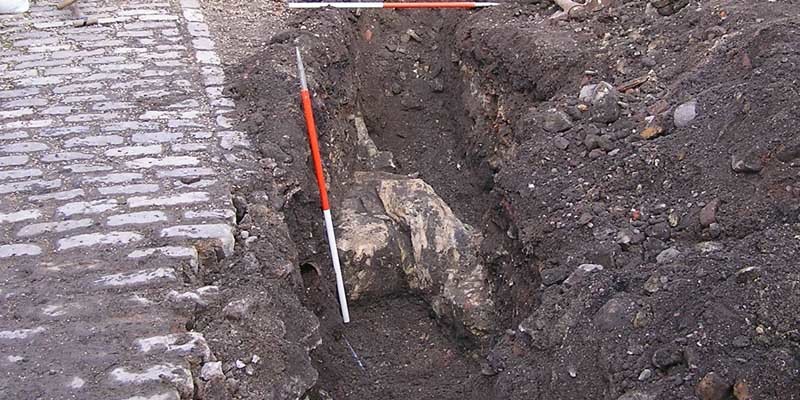Archaeologists have made a significant discovery at Culross Palace.
A dig at the National Trust for Scotland property, one of Fife’s most historic buildings, has unearthed what could have been an east wing at the merchant’s house built by Sir George Bruce as his lodging.
Archaeologists made the discovery when excavating an area in advance of work to convert a 19th century gardener’s bothy into a work space for staff.
The trust uncovered foundations for unrecorded buildings, including a series of foundations and paving which suggest the 17th-century palace may have had an east wing.
Archaeologist Daniel Rhodes said, “We’re having some further analyses done of the metal and ceramic artefacts uncovered. That should go some way to giving a date for the abandonment and demolition of these earlier buildings, as well as shed new light on our understanding of the history of Culross.”
Property manager Scott McMaster said that with Culross having such a long history, it was very exciting to find out something new and which tells more about this ancient place that is under their care.
Culross’ prosperity reached its height during the lifetime of Sir George, who took over Culross Colliery in 1575. He built the palace, called such as it was the most grand in the village, between 1597 and 1611.
Culross, on the northern shore of the Forth, is a complete community preserved as it was in the 16th and 17th centuries.
The palace, study and townhouse are open to visitors, from noon until 5pm on Thursday, Friday, Saturday, Sunday and Monday until May 31, and daily from noon until 5pm from June 1.
Find out more at www.nts.org.uk/Property/Culross
